Neon Shadows And Wired Dreams Awakened
Exploring the Wired Dreams of Blade Runner: A Cyberpunk Masterpiece
Few films capture the gritty essence of cyberpunk quite like Blade Runner. This iconic 1982 movie, directed by Ridley Scott, transports viewers into a dystopian near-future where technology and humanity collide in a dazzling yet dark metropolis. At the heart of this narrative lies the concept of “wired dreams”—a phrase that perfectly encapsulates the film’s exploration of artificial intelligence, memory, and identity. As we delve into the labyrinth of Blade Runner, we will uncover how these wired dreams shape not only the characters but also the very fabric of this cyberpunk universe.
The Cyberpunk Landscape: Setting the Stage for Wired Dreams
Blade Runner emerges from a rich tradition of cyberpunk fiction, a genre defined by high tech and low life. The film’s vision of Los Angeles in 2019 is steeped in neon light, rain-soaked streets, and overwhelming corporate dominance, creating an atmosphere ripe for the exploration of wired dreams.
The Urban Jungle
The cityscape is almost a character on its own, packed with cultural blends and constant commercial bombardment. Towering megastructures and holographic advertisements blur reality, fostering a wired dreamscape where distinctions between the digital and the real evaporate.
– Endless rain reflects neon signs creating a hypnotic, wired ambiance
– Multicultural fusion reflecting globalization and the erosion of national identities
– The omnipresence of tech giants symbolized by Tyrell Corporation’s dominance
Technology as Double-Edged Sword
Technology in Blade Runner is both a marvel and a menace. Replicants—bioengineered androids virtually indistinguishable from humans—are wired to serve but brimming with laminated human emotions.
– Replicants embody the film’s central wired dream motif, blurring lines between artificial and real memories
– Voight-Kampff test highlights the struggle to discern true emotion from programmed responses
– Symbolizes the dual-edged impact of progress on freedom and identity
Wired Dreams and the Quest for Identity
The wired dreams in Blade Runner extend beyond flashy visuals and technology—they penetrate the core philosophical dilemmas around what it means to be human.
Memory as Wired Dreams
One of the film’s most fascinating elements is the role of implanted memories, artificially crafted to give replicants a sense of self.
– Rachael’s implanted memories create her sense of individuality, illustrating how wired dreams shape consciousness
– Memories, wired or not, become a vital tool for survival and self-understanding in a fragmented world
– Raises questions: Are memories less valid if artificially programmed? Can identity be wired like a circuit?
Deckard’s Ambiguous Humanity
Rick Deckard, the beleaguered blade runner, embodies this ambiguity. Is he wired with implanted memories himself? The film leaves this purposefully uncertain, inviting endless debate.
– His dreams of unicorns hint at a shared subconscious wired narrative possibly implanted by Tyrell
– This ambiguity compels viewers to reconsider the boundaries wired dreams place on defining authenticity
– Deckard’s struggle mirrors the human desire to find genuine meaning amidst manufactured realities
The Legacy of Wired Dreams in Blade Runner’s Aesthetic and Sound
Blade Runner’s legacy is not just narrative—its style and tone have deeply influenced the cyberpunk aesthetic and cultural imaginations of wired dreams.
Visuals: Neon Noir Wired Realities
The film’s signature look plays with light and shadow, forging a wired dreamscape that seems both futuristic and timelessly noir.
– Cinematographer Jordan Cronenweth’s use of smoke, rain, and neon creates a hypnotic, immersive wired environment
– Fusion of Eastern and Western architectural elements reflects globalized wired cultures
– Sets a blueprint for cyberpunk visuals in countless media that followed
Vangelis’s Synth Soundscape
The electronic music composed by Vangelis enhances the wired atmosphere, merging synthetic sounds with haunting melodies.
– Synth-heavy tracks evoke the alienation and beauty of wired urban life
– Music mimics the interplay of man and machine through electronic tones paired with emotional depth
– Continues to influence sound design in sci-fi and cyberpunk genres
Wired Dreams in Blade Runner’s Cultural and Philosophical Impact
Blade Runner has transcended its status as a film, becoming a cultural touchstone reflecting our wired dreams and anxieties in a tech-saturated society.
Ethical Reflections on AI and Humanity
The film’s depiction of replicants as sentient beings with feelings anticipates contemporary AI ethics debates.
– Challenges viewers to consider rights and identities of synthetic life forms wired with emotions and memories
– Mirrors modern concerns about how wired dreams of AI intelligence challenge our understanding of consciousness
– Sparks discussions on the morality of creating beings for servitude, based solely on artificial wiring
Inspiring Wired Dreams in Popular Culture
Blade Runner’s influence permeates video games, literature, and films, all exploring wired dreams in their own ways.
– Movies like Ghost in the Shell, Altered Carbon, and The Matrix draw heavily on Blade Runner’s wired dream themes
– Cyberpunk literature often expands on the wired dream motif to critique technology’s impact on identity and reality
– Its quotable lines and evocative imagery continue to inspire and challenge wired dreamers worldwide
The Modern Relevance of Wired Dreams in a Digital Age
More than four decades after its release, Blade Runner remains eerily prescient in its exploration of wired dreams amid today’s technological advances.
Artificial Memories and Virtual Realities
Modern developments in AI, virtual reality, and neural implants echo the film’s vision.
– Neural technologies like Brain-Computer Interfaces create new pathways for wired dreams to become tangible experiences
– Ethical and philosophical dilemmas from Blade Runner are increasingly relevant as memory manipulation technologies emerge
– Wired dreams are no longer just sci-fi metaphors but plausible aspects of future human experience
Identity in a Hyperconnected World
The internet, social media, and digital personas have wired our own dreams collectively.
– Online identities blur the boundary between reality and curated self-image, echoing how replicants struggle with constructed identities
– Fragmentation and multiplicity of selves in digital spaces evoke the wired dreamscape of Blade Runner’s dystopia
– As wired dreams shape modern lives, the film’s questions about authenticity and emotional truth become critical to navigating technology-rich futures
Unlocking the Layers of Wired Dreams: Final Reflections
Blade Runner’s wired dreams resonate because they touch on universal themes of memory, identity, and the search for meaning in a turbulent, wired reality. By weaving complex characters like replicants and Deckard into a visually stunning and sonically rich cyberpunk world, the film invites us to contemplate what it means to dream when those dreams might be programmed, constructed, or artificially wired.
Whether you’re a sci-fi aficionado or new to cyberpunk, Blade Runner challenges you to look beyond the neon-lit surface toward the profound wired dreams that define existence itself. Dive into the film, explore its wired stories, and let your imagination run wild between the lines of circuit and soul.
Ready to experience the wired dreams yourself? Revisit Blade Runner, join fan discussions, or explore the sprawling cyberpunk worlds it inspired — the future is wired, and so are your dreams.
For further insights on cyberpunk themes and Blade Runner’s influence, visit [The Cyberpunk Wiki](https://cyberpunk.fandom.com/wiki/Blade_Runner) for an in-depth resource on this iconic universe.



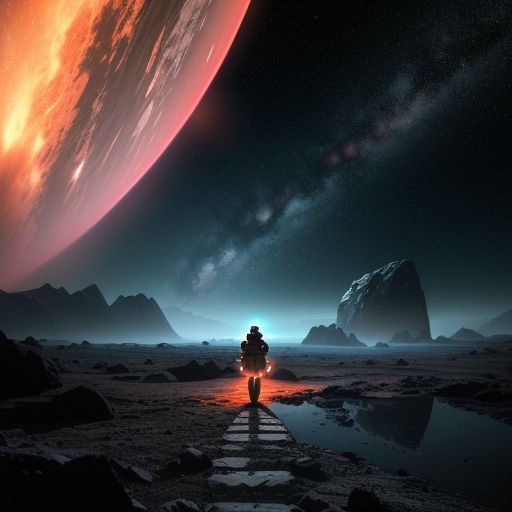




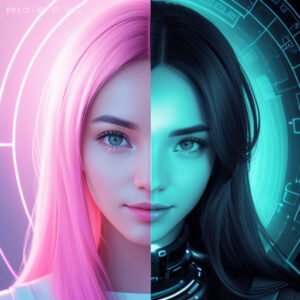
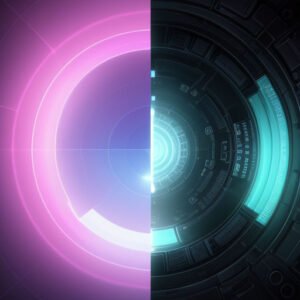
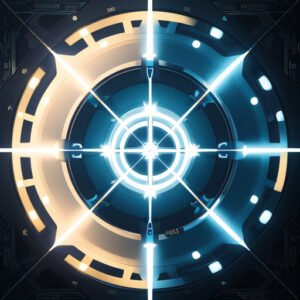


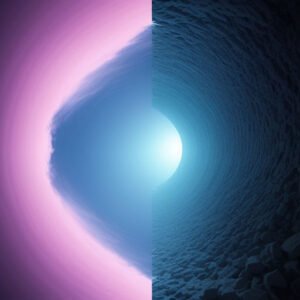
Post Comment